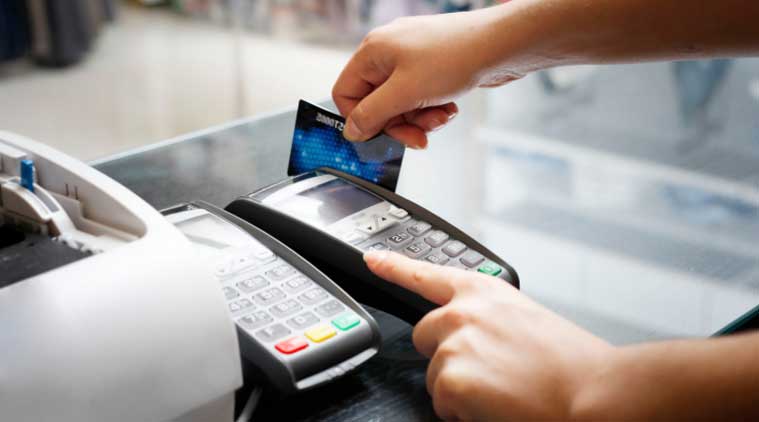
Whenever you use your debit card to make a purchase, you may see transactions marked “Pending” when you go to your bank’s website or app. If this is the case, it means that the merchant has determined that your card is valid and your bank has approved the purchase, but the money has not yet been officially transferred. If you need to cancel a pending debit transaction, usually the first step is to contact the merchant for help. However, if the pending debit transaction looks fraudulent or the trader does not want to work with you to resolve the problem, your bank can usually help you.
What is a pending transaction?
Every time you scratch your debit or credit card, the merchant charges your card. The claim then goes through a process that circulates between the payment network, the bank, and the merchant itself. It takes time to process and remove all of these steps. The transaction remains on hold while it goes through the system. Once your card issuer transfers those funds on your behalf to that merchant, the transaction is completed and credited to your account. This is a well-designed system, and in most cases, you won’t see any unexpected payments waiting in your account.
Incomplete Transactions and Debit Cards
Using a debit card instead of a credit card for purchases that result in a delay can be a risky proposition. This is because a pending credit card transaction will simply limit your available credit balance. However, a pending transaction on your debit card will limit access to the actual funds in your account until the transaction is gone. This can be a problem if you need to pay a bill and the amount withheld is still not refunded to you.
We’ve all been there: you look at your statements and see open charges that you can’t admit. Or you may need to cancel immediately with a debit or credit card. You may have ordered too much pizza or accidentally bought something. It’s okay. We’re not here to judge. We’re here to help. So, let me explain how to cancel a pending transaction on your credit or debit card.
Check your charge history.
The merchant may not recognize the transaction because they are using a different name or processing payments through a third party. Log into your account (or visit a branch if you don’t have online banking) and check your transaction history.
To see your name, phone number, and past transactions with that merchant, look up the transactions on your online statement. This is an easy way to get contacts from the company that requested the deferred charge. Generally, the statement postings only contain a one-line description of the vendor, the type of transaction (sales, payments, and fees), and the amount. However, there is usually an arrow or “Additional Information” link at the end of the line for more information.
If you still do not recognize the transaction after viewing the bids or think there is an error, you should call the trader.
Cancel pending transactions through a merchant
In most cases, you should contact your merchant to see if you can cancel a pending transaction. Whether this is possible will depend on the purchase, the stage of implementation, and the seller’s own policies.
For example, if you ordered some clothing that has not yet been processed or shipped, you can simply cancel the order at the store and you will see that the pending transaction is cancelled after some time. If you are charged double or have other problems with the purchase amount, the merchant must modify or refund the transaction so that the appropriate amount can be credited to your bank account.
Canceling Incomplete Transactions Through Banks
Monitor your banking activity carefully and call your bank whenever you discover an open debit transaction that you don’t remember. In addition to withholding transactions to investigate fraud, banks may need to issue new cards or account numbers to prevent future fraud. They may also contact the company where you are suspected of fraud and report it to the police.
In situations where you weren’t lucky enough to work with the seller on a transaction you made in person, your bank may be involved in eliminating billing errors, such as double fees. Be prepared to show proof of purchase, such as receipts or invoices. If you have a Visa or Mastercard-enabled debit card, there may be other benefits that can help you if you receive a bill for a purchase that is different from the description or has not arrived.
Contact your card company.
Some financial institutions, such as PNC, American Express and Chase, allow cardholders to cancel certain open transactions online for free. First, log into your online account. Then find your payment history or transaction statement. If the pending transaction qualifies for cancellation, the “Cancel Deposit” option is displayed. Select it and follow your card issuer’s instructions.



GIPHY App Key not set. Please check settings